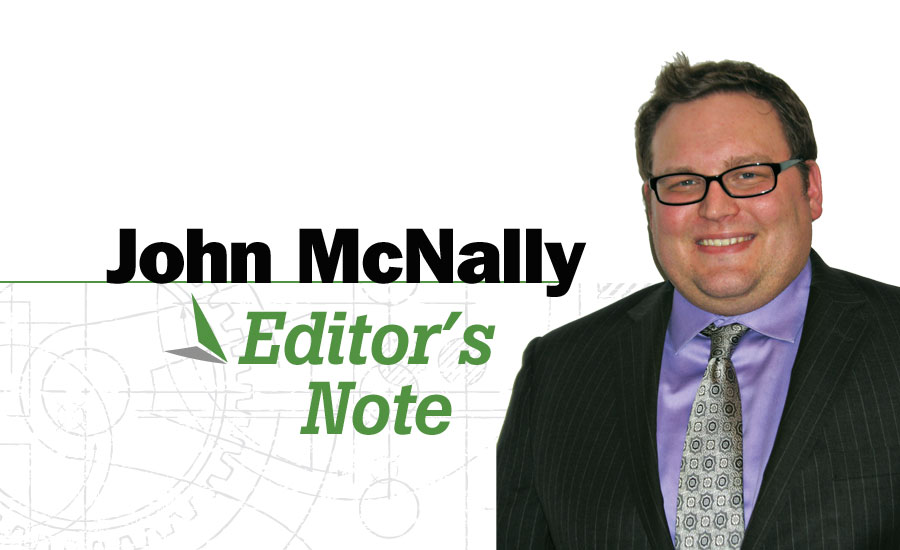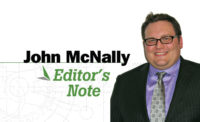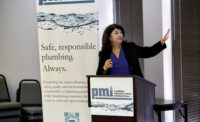It’s is important to ask questions.
I came across a news roundup piece on www.newsdeeply.com — a site that aggregates stories on many topics, including water — discussing the public support for water infrastructure projects that may be coming in the future.
First and foremost, polling data shows Americans aren’t satisfied with the state of infrastructure in the country. According to a Sept. 2016 Ipsos Global @dvisor Polls query, 51% of respondents say water supply and sewage lines should be the first priority in new projects — the highest percentage answer in the poll. Energy-generation infrastructure, excluding nuclear, was second (45%), followed by the local roadway and the motorway/major road network (44%).
Another poll, this one conducted by FM3 Research and Public Opinion Strategies, noted the broad support of water infrastructure projects across political parties. Republicans support the idea to the tune of 79%, Independents up to 82% and Democrats the most at 85%.
Sometimes we all get wrapped up in party politics — myself included — and we don’t want to believe that there are real areas we can find common ground. Now, it’s time to make the projects happen.
And finally, according to a 2016 Value of Water Coalition poll conducted by American Viewpoint and Hart Research, we’re are even willing to pay more for water infrastructure and issues.
When simply asked if they would pay more on their water bill, responders were split 47% for and against. But, when pollsters provided more information about water issues, support rose to 60%. The largest support came from men 18-39 (17%), women 18-39 (21%) and those who earn less than $40,000 per year (19%).
“An overwhelming majority would be willing to consider an increase of at least 5%, with a quarter of respondents even willing to pay a 10% increase,” pollsters Linda DiVall and Geoffrey Garin note in their summary of the 2016 results.
The polls say one thing, but next up are the debates. Municipalities, cities and states need to have frank discussions with constituents to come with workable and fiscally responsible infrastructure projects. Everyone needs a seat at the table.
On the road
It was nice to get back out amongst the industry during the NFPA Expo held June 4-7 at the Boston Convention Center. To read the full report and check out plenty of photos from the event, make sure to check out page 28 of this issue.
I’ve attended a couple of NFPA Expos during my time with pme and always find the show valuable. I sat in on a few sessions that really opened my eyes to some topics and elements.
Specifically, a Monday morning session called ‘Using Evidence-Based Design to Optimize Healthcare Outcomes’ was interesting. The presenters, Kristen Waltz of Steffian Bradley Architects and Lynn Kenny of The Center for Health Design, provided in-depth statistics showing how hospitals can maximize their productivity and patient safety.
“The design community has been terrible about telling why it should be this way,” Kenny noted.
It was a great reminder to seek out best practices in order to make the correct choices. A lesson that needs to be remembered for time to time.
This article was originally titled “Opening up the pocketbook” in the July 2017 print edition of PM Engineer.



